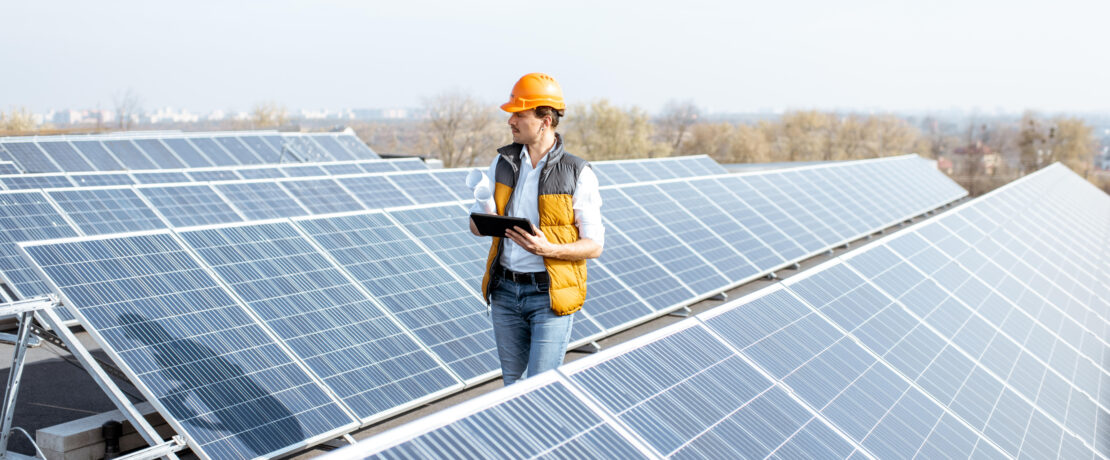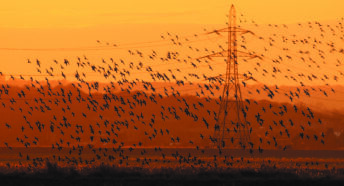CPRE report reveals: Two-thirds of mega solar farms built on productive farmland
England’s most productive farmland is being lost to mega solar farms, CPRE research reveals. As the country scales up on solar power, our analysis shows that large-scale developments are putting vital agricultural land at risk, despite alternatives like solar on rooftops and brownfield sites.
Research from our new report reveals that 59% of England’s largest operational solar farms are located on productive farmland, while almost a third (31%) of the area they cover is classified as the nation’s ‘best and most versatile’ (BMV) agricultural land.
The research looked at 38 large solar farms in operation, each generating over 30MW of energy. Despite planning policies designed to protect high-quality farmland, over half (53%) of these sites include BMV land—graded 1 to 3a on the official Agricultural Land Classification system.
Our analysis found that solar development now covers 827 hectares of BMV land across all operational sites. That’s roughly 1,300 football pitches. This includes 45 hectares of Grade 1 ‘excellent’ land, 216 hectares of Grade 2 ‘very good’ land, and 566 hectares of Grade 3a ‘good’ land. Solar panels also cover another 755 hectares of Grade 3b ‘moderate’ quality farmland.
Three operational solar farms – Sutton Bridge in Lincolnshire, Goosehall in East Cambridgeshire, and Black Peak Farm in South Cambridgeshire – are located entirely on BMV farmland.
The UK faces a big challenge in scaling solar capacity from 16.6 GW to 45-47 GW by 2030. Under current policies, 60-65% of this could come from large solar farms. These remove key agricultural areas from food production for up to 60 years, threatening the UK’s food supply amid global uncertainty.
Eastern England’s concentration of high-quality farmland has led to a surge in mega solar farm applications. Despite government claims that solar will cover just 0.4% of UK land, the spread is far from even. In Sleaford and North Hykeham, for example, solar farms already cover 7% of land.
This approach to land use is short-sighted. Previous CPRE research has shown that installing solar panels on the roofs of suitable domestic and industrial buildings, as well as on car parks, could deliver 40-50 GW by 2035 and up to 117 GW by 2050.
CPRE is calling on the government to set a target for at least 60% of solar energy to come from rooftops, car parks and brownfield land. It also calls for a ban on ground-mounted solar on scarce Grade 1 and 2 farmland.






